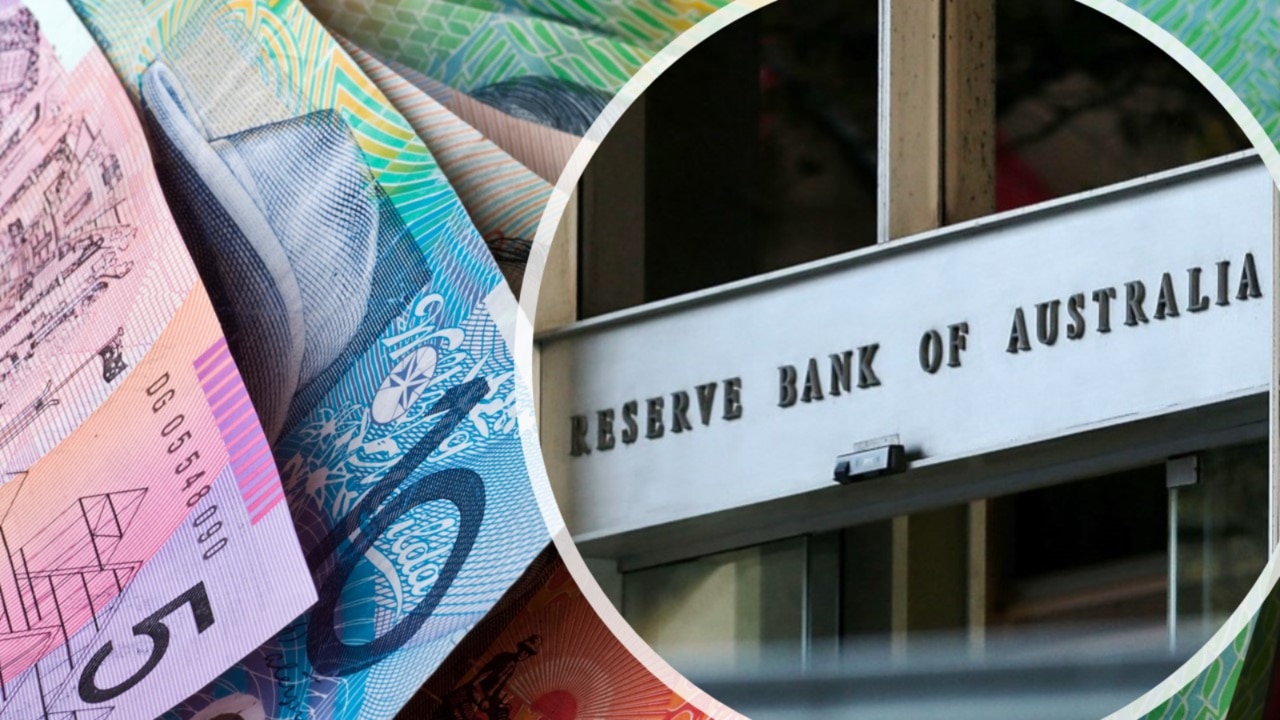Report takes scalpel to RBA policy settings
The detailed critique of the RBA’s decisions highlights the importance of monetary policy in Australia transitioning from an art to something closer to a science.

The detailed critique of the RBA’s decisions highlights the importance of monetary policy in Australia transitioning from an art to something closer to a science.
It takes the scalpel to three separate periods of RBA administration: the undershooting of its inflation target between 2016 and 2019, its use of monetary policy and a suite of other tools to respond to the Covid pandemic, and the RBA’s overshooting of its inflation target since 2021.
The report’s criticism of the bank and its role is based on the cheerful assumption that the central bank of a medium-sized open economy has the superhuman powers of landing inflation neatly at its target range of 2.5 per cent, while the world is a squall of conflicting pressures on prices including Covid border closures, wars, rising energy prices, big spending governments, climate change, political turmoil and structural impediments in the economy.
Assuming that, the question is whether more focused, more structured monetary policy settings will deliver better outcomes.
It’s hard to be too upset at the fact that Australia’s inflation may have been below the bank’s target range of 2-3 per cent before the pandemic.
But the real issue is whether the RBA went overboard to the tune of billions of dollars after Covid hit, which has in turn led to a higher than expected interest rate regime.
The criticism levelled by the review was the suite of stimulatory policy measures undertaken during Covid. These included a target on the yield on three-year government bonds in 2020 and 2021, the extension of cheap three-year funding to commercial banks, a massive bond buying program and the use of “forward guidance” with the bank saying in late 2020 and 2021 it didn’t expect rates to rise any time soon, possibly not before 2024.
The report notes the RBA’s $280bn bond buying program involved huge amounts of money, which have led to losses of $35bn to $58bn and helped overstimulate the economy.
It also criticised the RBA’s messy exit from its stimulatory policies from early last year, arguing it could have handled things much better including its communication with the markets.
A more rigorous monetary policy setting board may well have challenged the idea of “forward guidance” specifically to the extent of providing a date when it expected rates would not increase by.
It could have adopted a more critical review of the complex suite of policies being used, including how much and for how long.
The report argues that if the policies it has recommended were in place before, the Reserve Bank board would have been better equipped to pass judgment on the bond-buying program. It argues the benefits of the program appear to have been small relative to the scale and potential cost.
The program is estimated to have provided a cumulative boost to nominal GDP of $25bn and real GDP of $13.5bn over three years, and a total increase in employment of 37,000 jobs. But it came at a cost of direct financial losses associated with the program of between $35bn and $58bn.
The report argues that by the RBA overshooting on the stimulatory side in 2020 and 2021, interest rates have had to rise much faster in 2022 and 2023 than was contemplated.
There is much to be learned from the report and, given the huge costs involved, having a more rigorous approach to monetary policy should be a good thing.








To join the conversation, please log in. Don't have an account? Register
Join the conversation, you are commenting as Logout